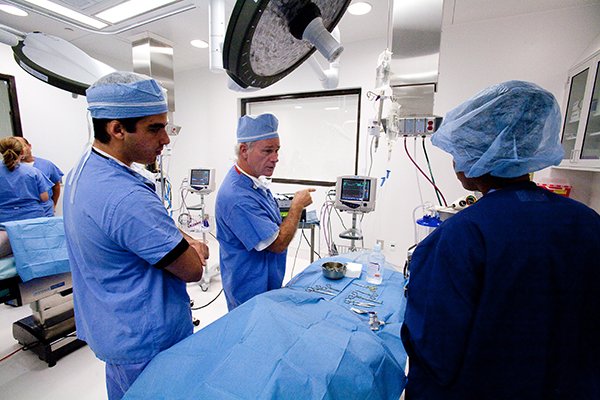ALung Technologies granted Emergency Use Authorization by the FDA for their Hemolung® Respiratory Assist System for the Treatment of COVID-19
A long-time customer of GCMI and T3 Labs, ALung Technologies, has recently announced that they have received FDA Emergency Use Authorization (EUA) for their Hemolung® Respiratory Assist System (RAS), the world’s first fully-integrated respiratory dialysis system. This system removes carbon dioxide directly from the blood, allowing the patient’s lungs to rest and heal while avoiding…








